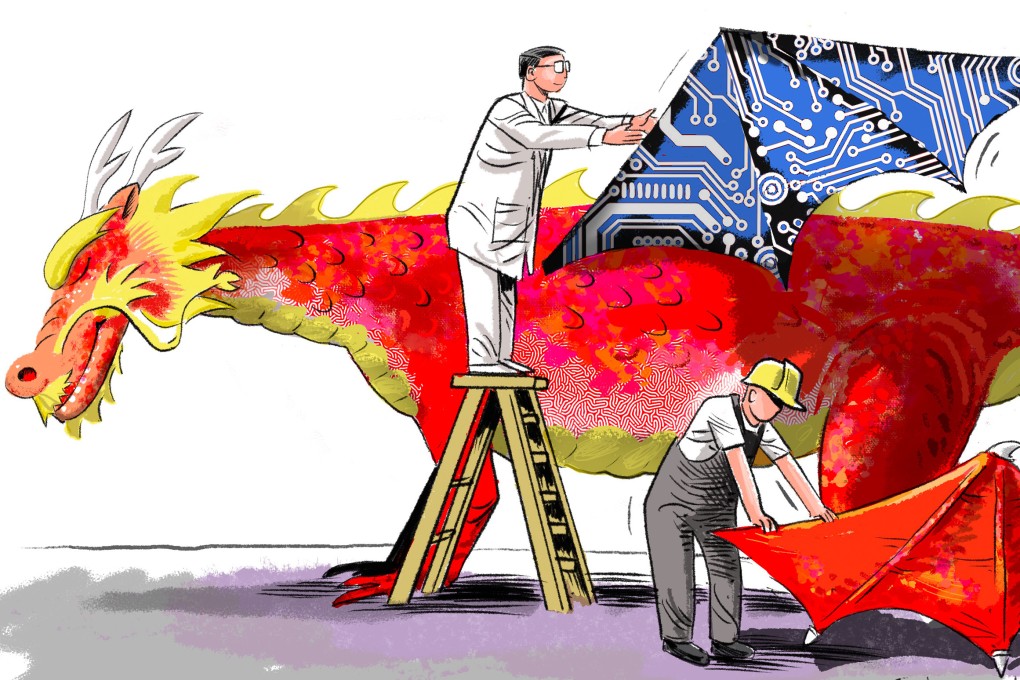Advertisement
Opinion | What does Xi’s hi-tech push mean for China?
- ‘New quality productive forces’, with its focus on science and technology, is seen as the answer to China’s economic woes, with the potential to transform society
- However, outside the establishment, there is confusion and scepticism surrounding the puzzling catchphrase
Reading Time:4 minutes
Why you can trust SCMP
7

The new buzzword in China’s politics is “new quality productive forces”. First used by President Xi Jinping last September, the cryptic phrase is now on every official’s lips, seemingly becoming the answer to China’s economic troubles.
Unfortunately, few outside the establishment understand what it means. Some have dismissed it as a wordplay to mask Beijing’s inadequacies to revive its growth trajectory. History will tell whether the Chinese leadership can succeed in creating these forces, but the phrase is not as empty as some believe.
In classic economics, there are four factors of production: capital, labour, land and entrepreneurship. China’s economic miracle during the past four decades could be explained in terms of the growth of these factors.
Advertisement
Between 1980 and 2017, China’s foreign direct investment increased by more than 90 times, making it by far the top recipient among emerging markets. Similarly, when China first started its economic reforms in 1978, its population was around 960 million. By 2017, it had reached nearly 1.4 billion, adding more than 10 million newborns each year despite restrictive birth-control policies.
This provided a huge pool of young, energetic and hardworking people to power the country’s growth. At its peak, there were nearly 300 million migrant workers – almost the size of the entire population of the United States – leaving their rural homes and going to work in Chinese factories.
Back in 1978, most Chinese people lived in villages – the urbanisation rate was only around 18 per cent. By 2017, this number stood at 58 per cent.
Advertisement
Select Voice
Choose your listening speed
Get through articles 2x faster
1.25x
250 WPM
Slow
Average
Fast
1.25x

